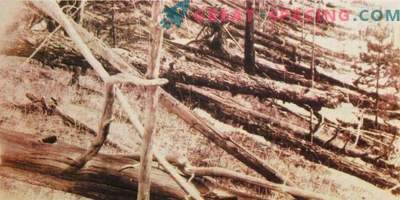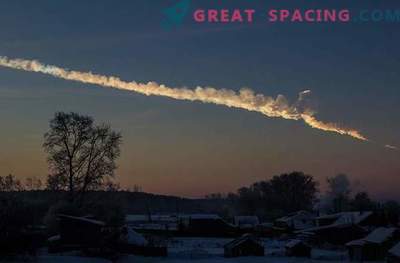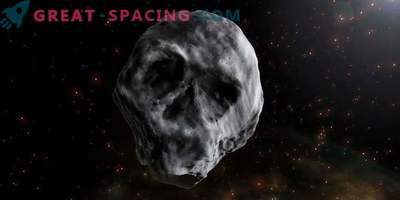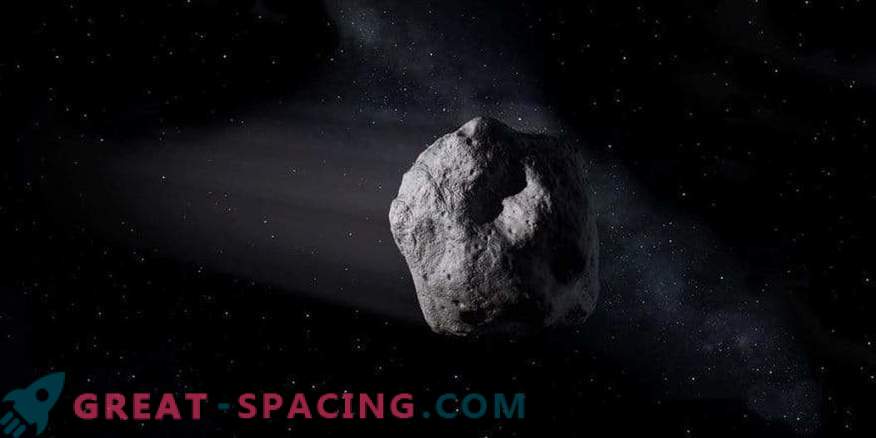
Scientists recently discovered the first fragment of a small asteroid 2018LA, which exploded over Africa on June 2. The ATLAS telescope from the University of Hawaii took the final images before the asteroid penetrated the Earth’s atmosphere and exploded.
Although 2018LA was discovered by another telescope in Arizona, ATLAS played a decisive role in determining the final path of the object. Before ATLAS measurements, it was predicted that the asteroid should fall in the area from Madagascar to the South Pacific (this range covers almost half of the planet’s southern hemisphere!).
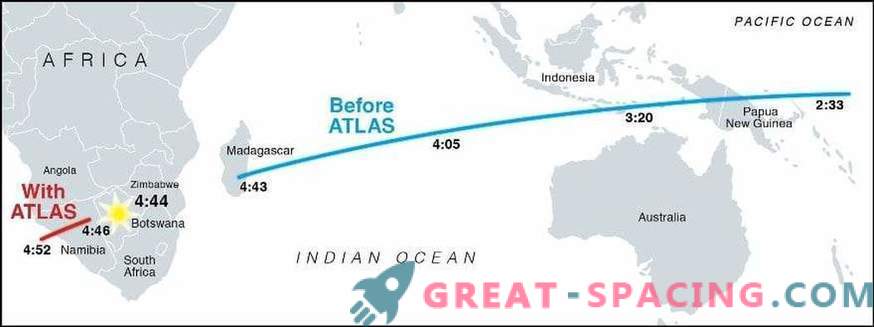
Time forecasts and locations for asteroid 2018 LA. The long gray line displays forecasts before receiving ATLAS information. ATLAS data is included on a much shorter red line, and the actual location is marked in yellow
Measuring an asteroid more than 2 hours after the last observation in Arizona and less than 5 hours before the explosion, ATLAS significantly improved the accuracy of determining the orbit. This helped prove that the bright meteor in Botswana is the fiery death of 2018LA. The good news is that the telescope was not specifically aimed at an asteroid, but noticed an object during automatic scanning of the sky. ATLAS is represented by two telescopes that are 100 miles apart (Mauna Loa Island in Hawaii and Haleakala in Maui). They automatically scan the entire sky several times every night in search of moving objects. The goal is to search for asteroids for how they fall to Earth. Detection 2018LA showed that the system has passed an excellent test.
Fortunately, a particular asteroid turned out to be harmless, but important for science. This is the second time that fragments of an asteroid have been found, whose orbit was known before falling to Earth. Now ATLAS detects about 100 asteroids, larger than 30 m, per year.



